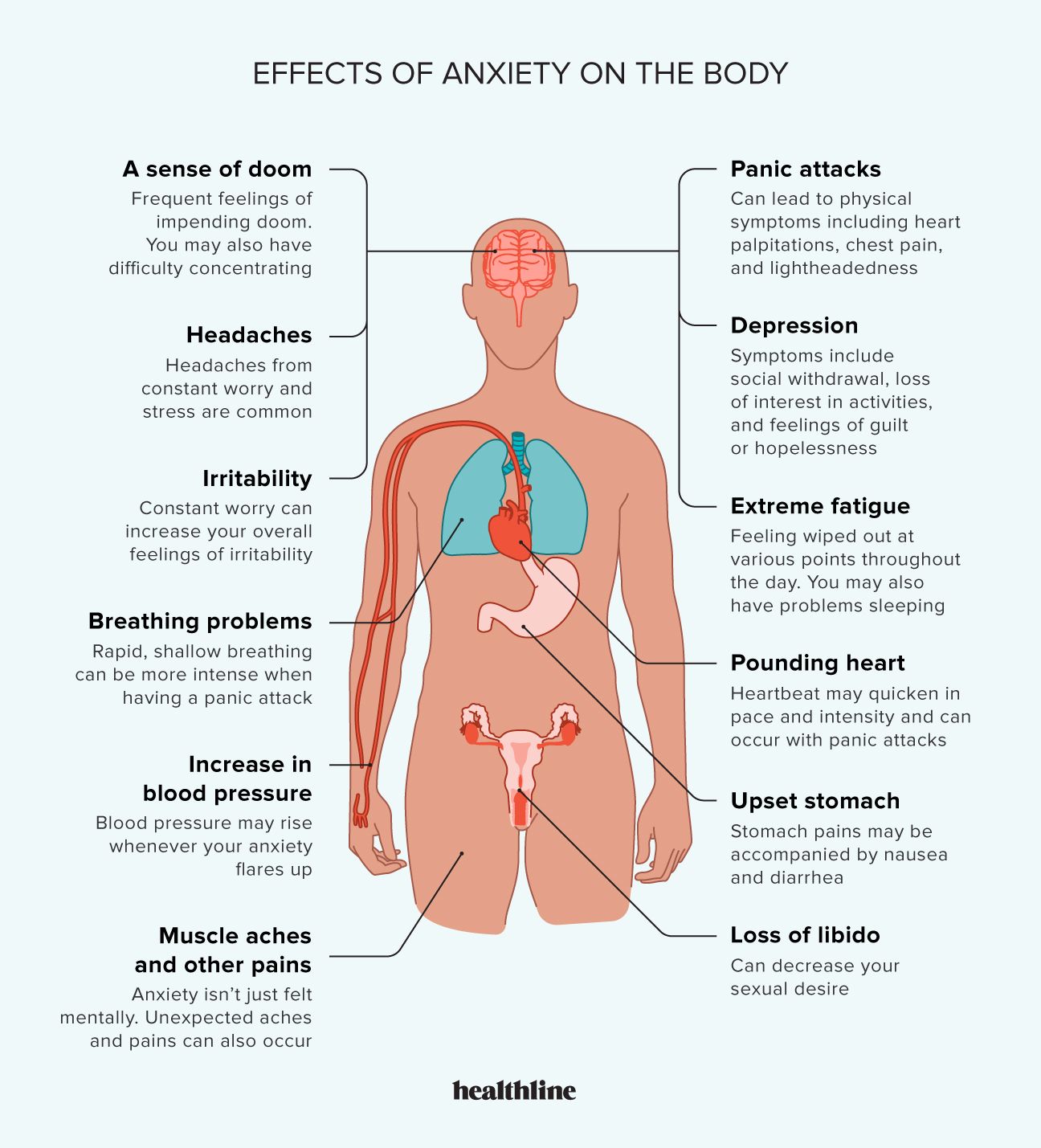Anxiety is a pervasive emotion often characterised by worry, fear and apprehension. It can vary in intensity and duration and can affect daily life and interactions. Contrary to popular belief, there is no clinical definition of an ‘anxiety attack‘; it’s a term used informally to describe a general feeling of anxiety.
A panic attack, on the other hand, is a distinct experience characterised by sudden and intense feelings of fear or discomfort. These attacks peak within minutes and are accompanied by a range of physical and emotional symptoms such as heart palpitations, sweating, trembling, shortness of breath and feelings of detachment or impending doom.

Differentiating Triggers
Anxiety triggers can be both external and internal. External triggers are specific situations or events that cause increased anxiety, such as social gatherings or deadlines. Internal triggers, on the other hand, come from physical sensations or perceived threats within oneself, such as an increased heart rate after consuming caffeine.
Contrary to popular belief, panic attacks can occur with or without identifiable triggers. Some people may experience panic attacks in predictable scenarios, while others may feel overwhelmed without a clear cause.
Understanding the Spectrum
It’s important to note that having panic attacks doesn’t necessarily mean you have a panic disorder. Panic attacks can be caused by a number of things, including trauma, separation anxiety, obsessive-compulsive disorder (OCD) or specific phobias. Repeated panic attacks warrant professional advice to explore the underlying causes and possible treatments.
Managing Panic Attacks
When faced with a panic attack, it’s important to recognise that the body’s response, although distressing, is a natural mechanism. Developing an awareness of one’s own physical and emotional responses can help distinguish between anxiety and impending panic.
Effective Coping Strategies
One of the most effective strategies is controlled breathing. Techniques such as the 7-11 method, where you inhale to the number seven and exhale to the number eleven, can help regulate breathing patterns and calm the mind. In addition, resisting the temptation to avoid triggers is crucial for long-term management, as avoidance can exacerbate anxiety over time.
Understanding the nuances between anxiety and panic attacks is key to managing these challenging experiences. By promoting awareness, implementing coping strategies and seeking appropriate support when needed, individuals can effectively manage and reduce the impact of anxiety and panic attacks on their daily lives.
Understanding the nuances between anxiety and panic attacks is key to managing these challenging experiences. By promoting awareness, implementing coping strategies and seeking appropriate support when needed, individuals can effectively manage and reduce the impact of anxiety and panic attacks on their daily lives.